
Design
Egypt’s Up & Coming Product Designers
With a market flooded with the same type of product designs, often-unimaginative imported products, many of us are on the lookout for something that stands out from the obvious selections. We took it upon ourselves to provide you with a small variety of up and coming Egyptian designers who have something quite unique and fresh to offer to the table (quite literally!)
Nahla Kordy
Out of her personal love for food presentation, Kordy came up with the idea to launch her exquisite boards line at her new home as she was wondering what to serve her food on. Not only that, but she also makes paintings, fluid art canvases, and various home furniture pieces that you definitely want to contemplate.
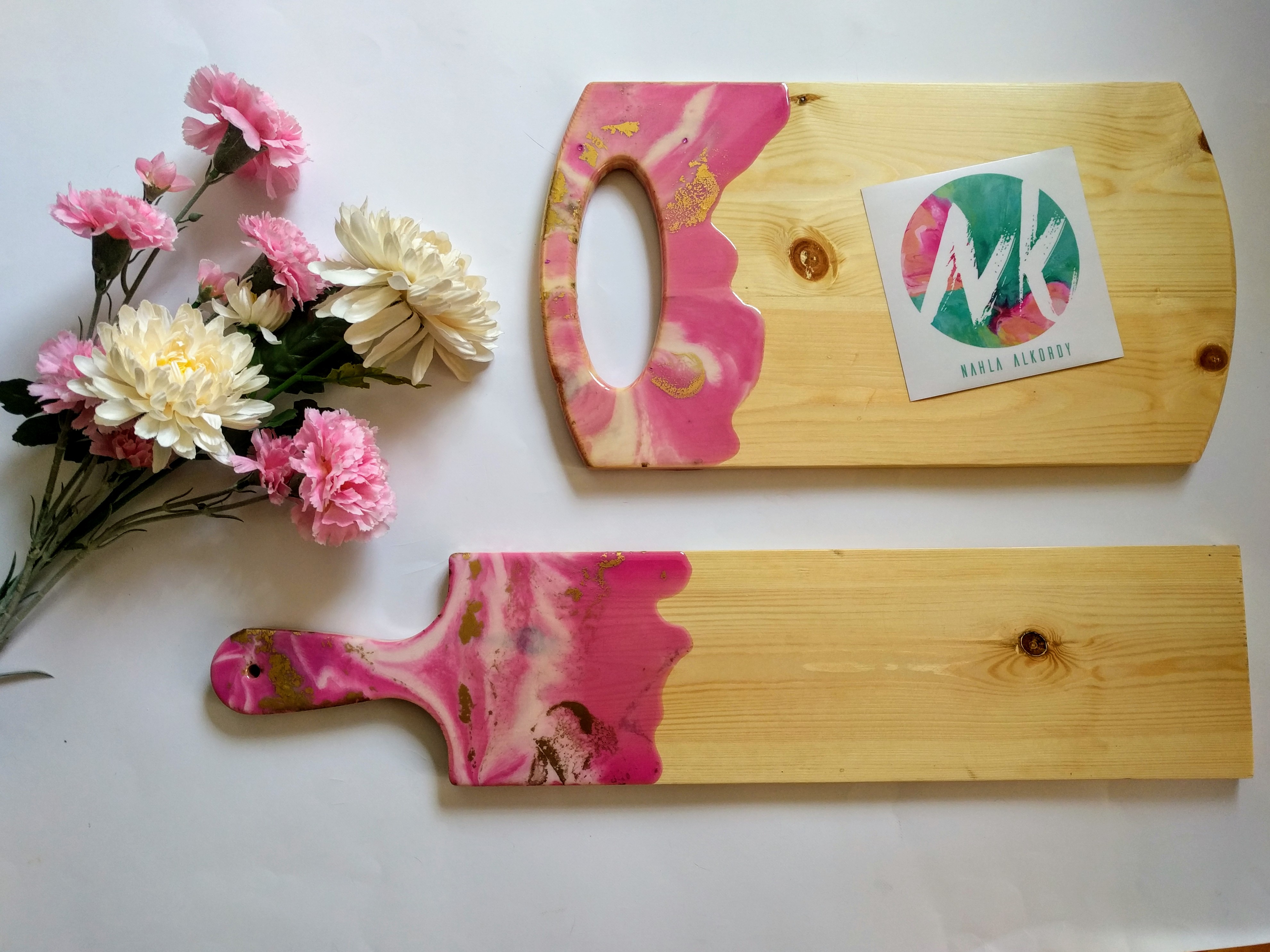
Art had always been in her life, although she’d never actually studied it. When she was getting married and it was time for her to think about her own house design, she realized she wanted to do everything herself. “I wanted my home to carry a vibe that represented both my husband and I, so I started exploring the market to see what was available and come up with original ideas of what to do.”
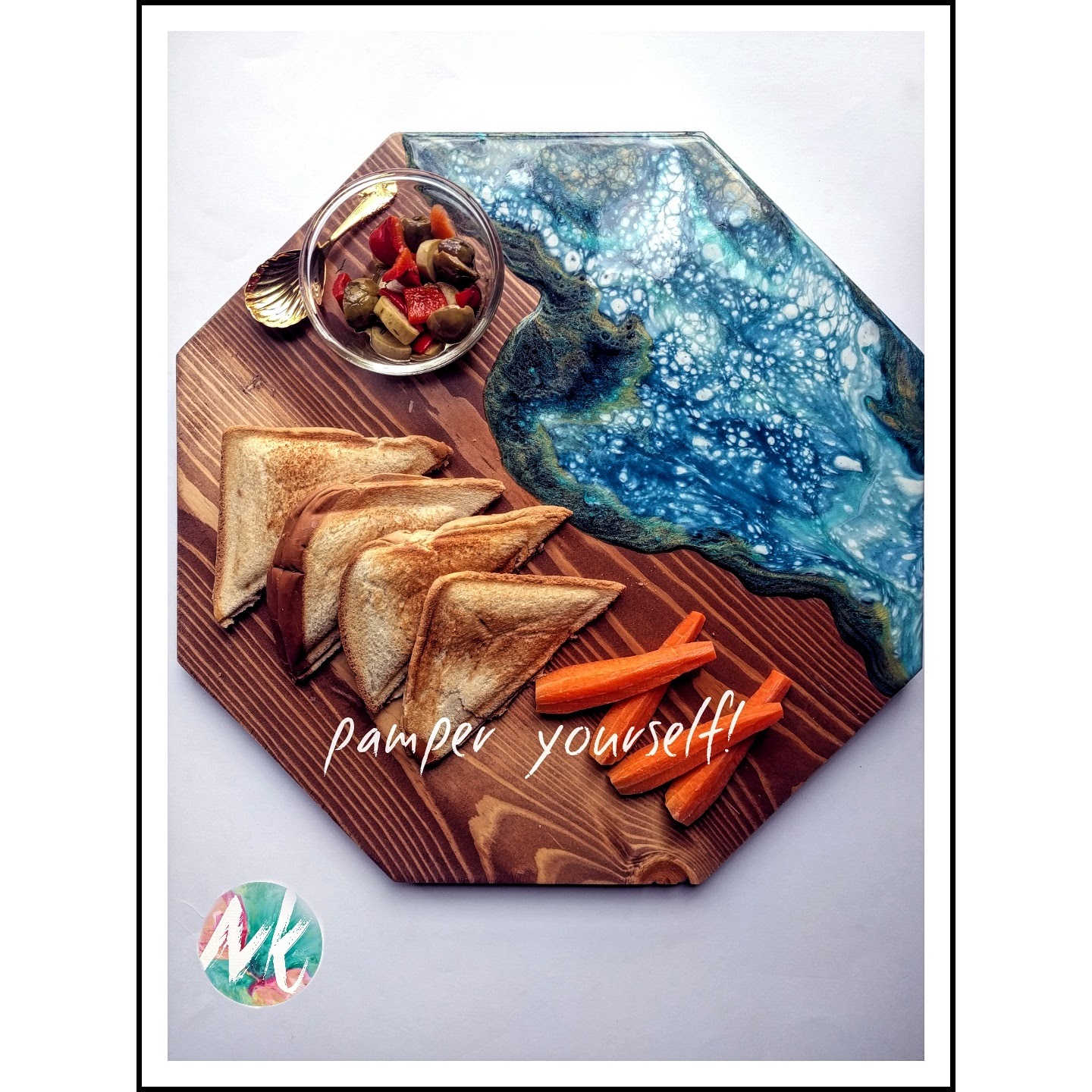
The philosophy behind her art, as she describes it, is to avoid anything that looks imposed or manipulated to look a certain way. Instead, she aims for her designs to look as natural as possible or “imperfectly perfect”. Even with the marble look she usually goes for, she explained the art process, where she simply throws the colors in and lets them freely run their own course and in that sense, their own natural design.

You can find her designs at ABn’G store in Zamalek & Downtown, Mounaya Gallery (boards and trays) in Zamalek, AFKARNA gallery (furniture pieces) in Sheikh Zayed, Room With A View in Zamalek, Amadeus in New Cairo, and, Jay Store in Alexandria.
EHEM
With a former life as an art director in advertising, Dina Naguib, the EHEM designer, looks at each item she designs as her artwork and makes it her business to handcraft and paint each piece with precision and a delicate attention to detail. “I wanted to launch something that reaches out to customers who will know that when buying EHEM they will have a product that had its time-in-the-making, a product truly only theirs with someone out there having a strong bond with it. It’s not mass. It’s personal,” she told us.

When asked about her brand name, she said, “It started off as a joke but quickly stuck around. I wanted a name not limited to a specific genre of design. Something that says: Expect Anything!”

The EHEM concept occupies the unconventional space between finding new meaning and appreciation for humble-found objects, and creating experimental conceptual functional art. “As a designer I try not to limit myself. It’s sometimes a challenge to find the next obsession but I try to take risks and work with new things.”

A selection of EHEM designs is displayed in a number of stores across Cairo but you can find the designs at their workspace in Zamalek. Custom-made projects are available for home and corporates. To glance at their latest collections, visit their Instagram and Facebook pages.
Asheya
Inspired by studying Product Design in Milan, Italy, Aisha El Waqad knew she had to start designing something she could completely call her own, rather than merely implement someone else’s vision as she did regularly in her career in architecture.
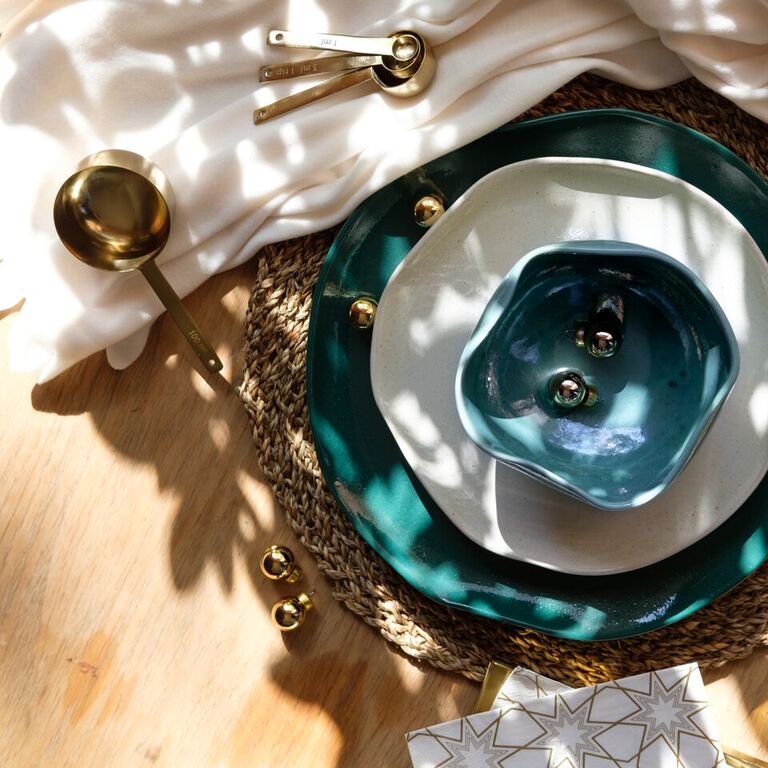
“Living and studying in Milan was a great inspiration because you can feel the art in everything, whether it’s in the buildings, the food, the fashion, or even their day-to-day items. I wanted to make something Egyptian, and hopefully something that was liked by the art-loving community.”

Out of several material options, she chose pottery because she wanted her work to be handcrafted and have each item become a unique piece of art. “Perfect form is a symbol of machines and mass production. Handcrafted products are much more personal and individual. Other materials such as porcelain are harder to shape asymmetrically and wouldn’t have given them the richness that I am looking for. I wanted my work to be a reflection of our unpredictable yet rich lives,” she explained.
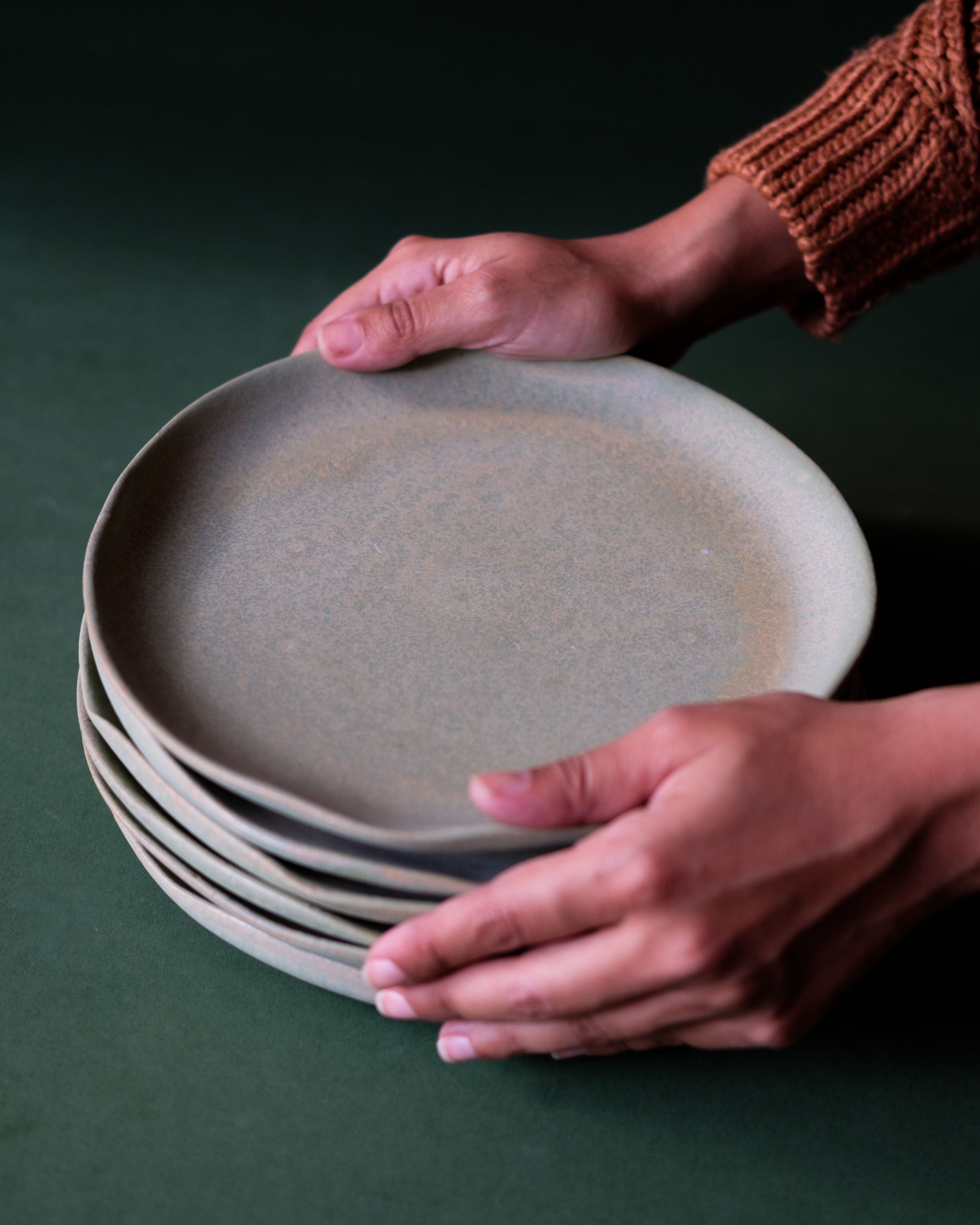
“In the near future, I plan to open a store that has all the glitz and glam for your dinner table.”
You can find her collections in either Eklego in Heliopolis and Zamalek or Mona Hussein Design House in Waterway, and of course, on Asheya’s Instagram and Facebook pages.
Dina Hafez
Having started mainly designing bags and laptops covers, Dina Hafez’s brand is now more focused on home accessories and furniture, including design textiles, cushions, coasters, trays, placemats, poufs and side tables.

“I think it makes all the difference when the designer uses their hands to create their own designs. It gives a different feeling to the final product when you know that it’s been in the hands of this particular designer/maker before your hands. That’s the best antidote to the anonymity of mass production,” Hafez told us.

Describing aspects of her style as a designer, she mentioned her tendency to work with different material and even mix digital design with handmade elements like embroidery or weaving. “I hate symmetry, so you’ll find a lot of chaos, splashes, and a lot of movement in my work.” When asked about the prevailing theme of bright colors in her designs, she explained, “It’s part of who I am. It’s very apparent in how I dress, and if you see my apartment, you’ll find it full of color. I love looking at different color combinations, experimenting with different hues and trying weird bold mixes.”

You can find her designs at Dokan Boutique, ABn’G, Kaf Fatma, Razzmatazz, and Pop Up. In Dubai, you can find them at O’de Rose and in Jeddah at Sinwan. They will also be available online soon at Hanagoeslocal.com
By Sarah Guirguis

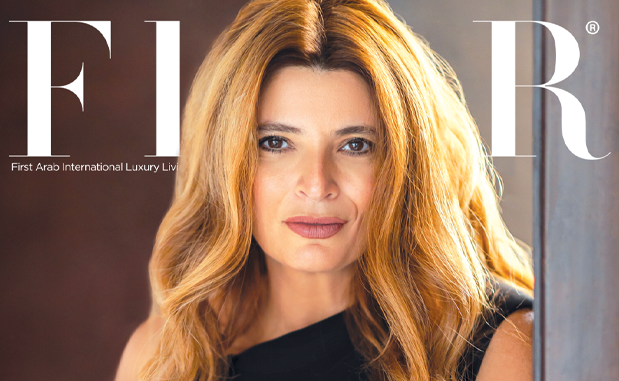


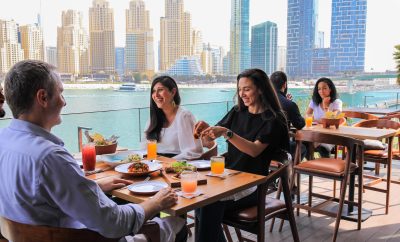

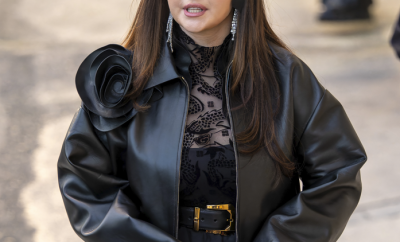
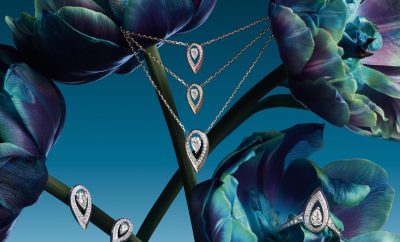
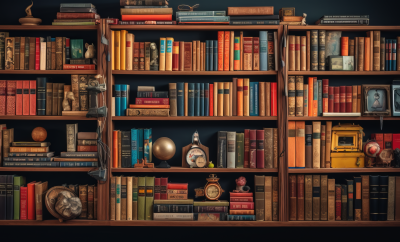




0 comments